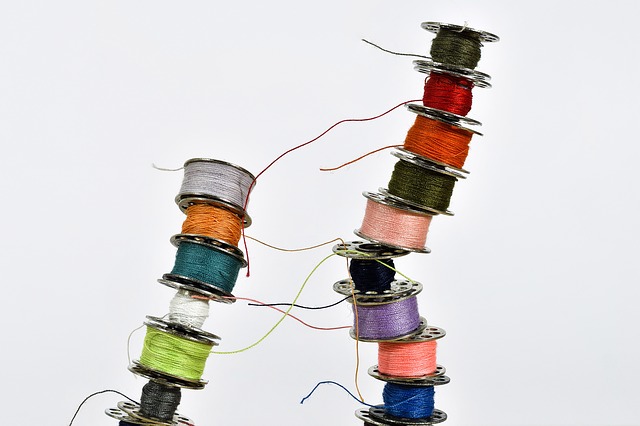Proper early education and childcare is an important policy of the Swedish government, making it important for parents to ensure their children’s wellbeing. In Sweden, children must be encouraged to engage in outdoor activities regardless of the season so their bodies can acclimatize to different temperatures. Needless to say, bundling up children in appropriate clothing is an important part of childcare.
Swedish child care experts believe that it’s one way of preventing seasonal sickness. Yet parents must make sure their children are wearing weather-appropriate and comfortable clothing. The key to dressing up Swedish children is balance, as the seasonal climate should not be a deterrent to letting them engage in outdoor activities.
While clothes are of primary concern when letting a baby sleep in the porch, tucking them in inside a weather-appropriate pram is likewise important. Buggies or strollers are usually fleece-lined but the most popular pram designs for younger babies are the ones outfitted with an åkpåse, which is a bunting or footmuff that is similar to a cozy blanket or sleeping bag attached to the buggy.
it’s also essential for parents to place a baby monitor to the pram. A babyvak kamera is the most practical to use as having a clear visual keeps a parent’s mind at ease even as they perform other tasks nearby. The most recommended models are those that have been tested to have a longer battery life, provides a good range and can give signals as protection against possible intrusions. A sound advice is to use a baby monitor that does not rely on wifi in sending data to the parent’s unit to avoid hacker intrusions.
Dressing Up Children in Sweden
Layering is the most common way of dressing up babies (o-1+ year old), toddlers (2-3+year old) and preschoolers (4 – 5+ years old) in Sweden.
The first layer is of course the underwear, usually a long sleeved vest and pants made from natural wool as it provides the best insulation whilst preventing moisture build up. The second layer includes a warm sweater top or cardigan, leggings or jeans for older kids, plus wool socks. The third layer is the most important for outdoors, usually wind-proof or water-proof overalls or jumpsuits. Overalls with booties are for younger babies, while the older ones who can walk wear thick wool socks and snow boots. Never forget to cap the third layer with a hat or beanie especially when letting children stay outdoors.
An aspect of dressing up children in Sweden that is considered unique is that parents encourage gender equality, by not making any specific distinctions on which colors or styles are appropriate for a boy or girl. It makes practical sense especially in growing families where younger kids inherit the clothes of older siblings.
Nonetheless, designer clothes for children are popular, as seasonal collections of fashionable garments for babies and kids come out annually. The collections can be a mix of traditional and contemporary designs that create fun yet cozy garments, from soft jerseys, to versatile denims, winter coats and jumpsuits in vibrant colors.

